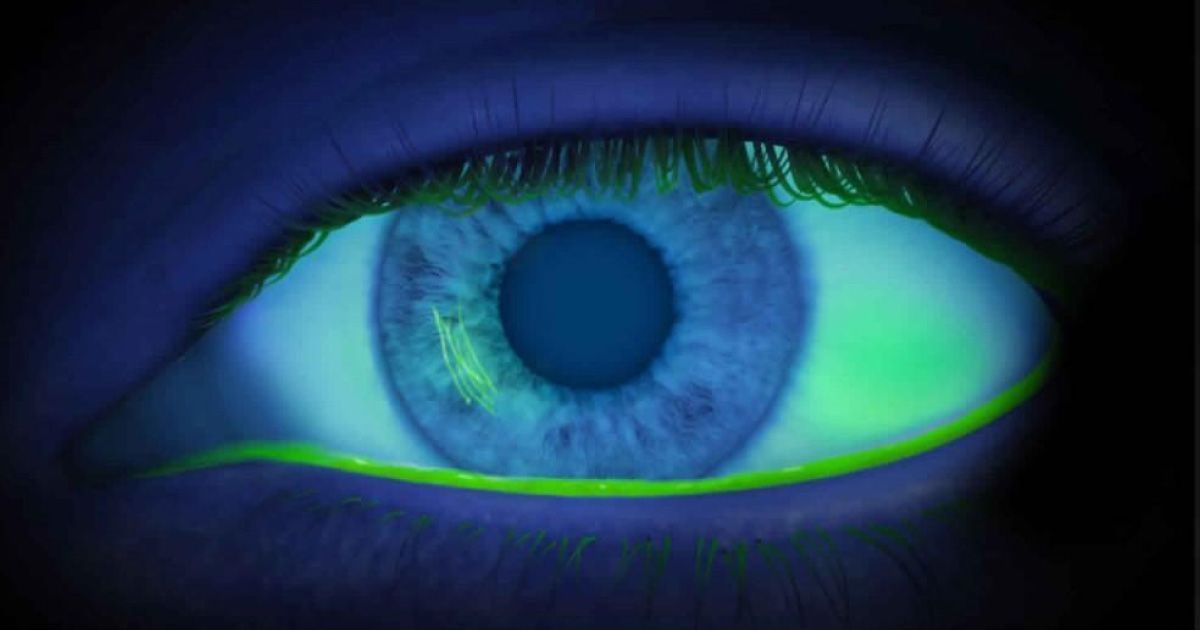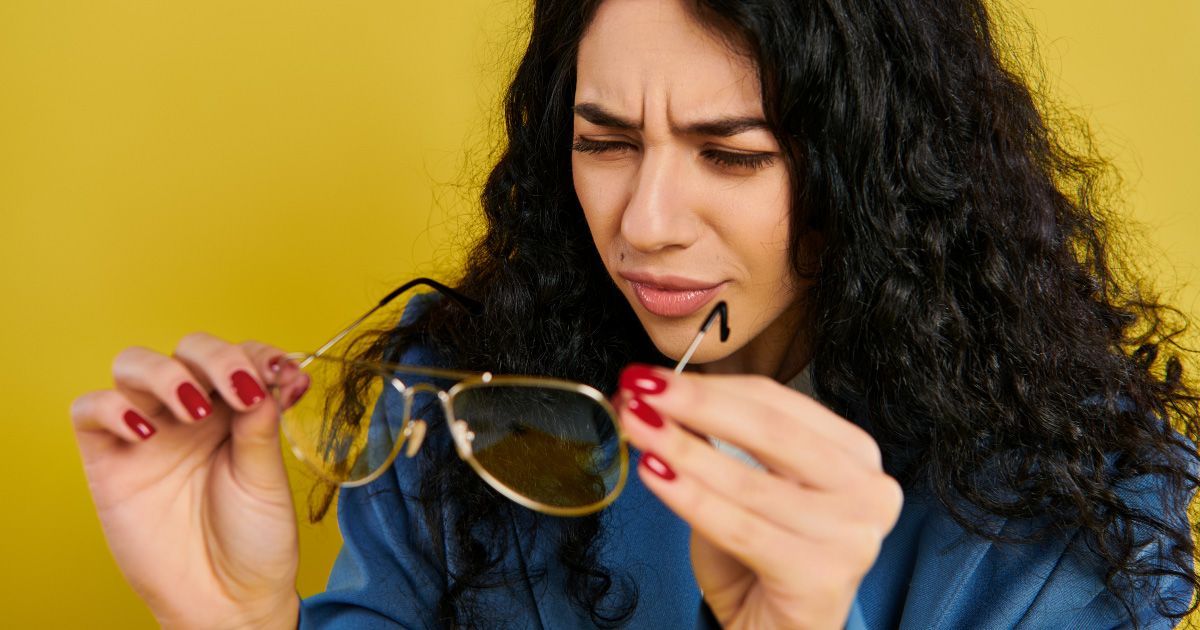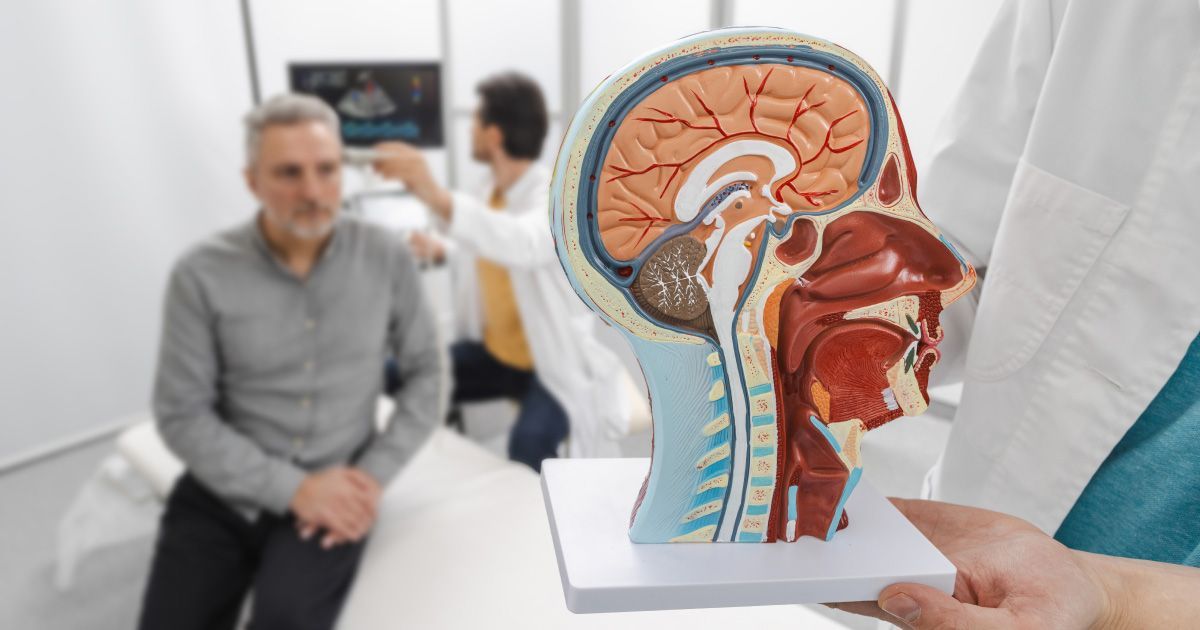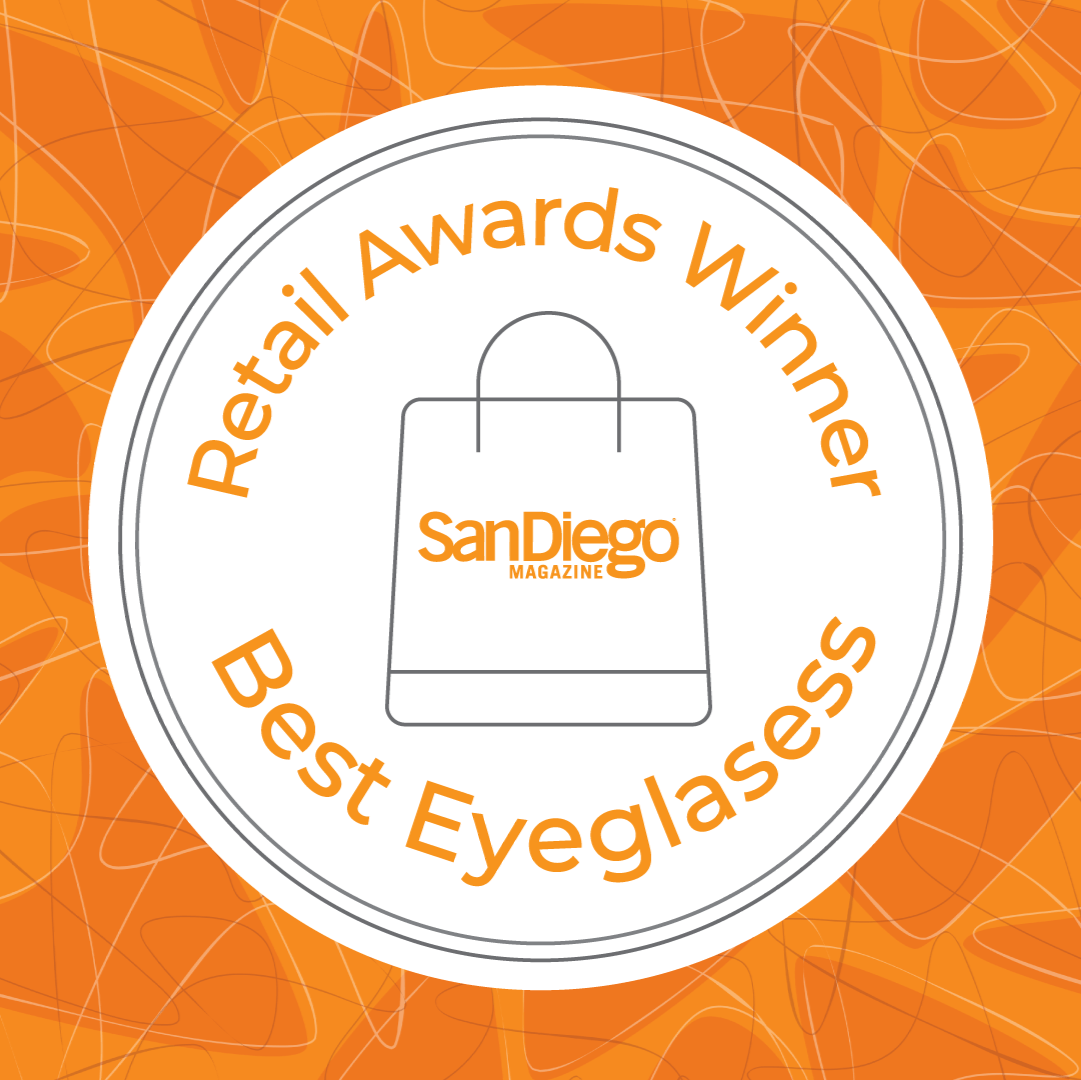Not Feeling 100%? Why It’s Smart to Reschedule Your Eye Exam When You’re Sick

Read time: 4 minutes
An eye exam is more than a simple check-up — it’s a detailed, hands-on evaluation that relies on precision, clear communication, and close interaction between the patient and the doctor. While it might seem harmless to keep your appointment when you have only mild symptoms, like a sniffle or itchy eyes, coming in sick — or even with minor allergy symptoms — can compromise both your care and the safety of your provider. Here’s why postponing until you're feeling fully well is not just courteous, but critical.
Accuracy Matters: How Even Mild Illness Can Skew Your Results
Your eyes are intricately connected to your overall health. When your body isn’t functioning at its best — even with just a mild cold, allergies, or lingering fatigue — it can significantly affect your visual performance and the outcome of your eye exam. Unfortunately, even subtle symptoms can lead to inaccurate testing and unreliable prescriptions.
Here’s how common symptoms can interfere:
- Watery, itchy, or irritated eyes — often caused by allergies or viral illness — can blur your vision temporarily, making it difficult to get a consistent reading during visual acuity testing.
- Sinus pressure or congestion may seem unrelated to vision, but it can subtly alter the shape of your cornea and surrounding tissues. This affects how light refracts in your eye, leading to false results in measurements used for your glasses or contact lens prescription.
- Dry eyes, common when you're dehydrated, taking cold medications, or suffering from allergies, can disrupt tear film stability. Since tear film is critical for clear vision, its instability can compromise your clarity during several parts of the exam.
- Fatigue, headaches, body aches, or brain fog can reduce your ability to concentrate during subjective portions of the exam — especially when you're asked to compare lenses ("Which is better: 1 or 2?"). If your responses are inconsistent or rushed, the resulting prescription may be imprecise.
The outcome? A prescription that doesn’t match your actual visual needs. Wearing glasses or contacts based on these results can lead to persistent discomfort, eyestrain, headaches, and an overall lack of visual clarity — possibly requiring a second exam and new lenses to correct the issue.
Getting the most accurate, tailored vision correction depends on your body—and your eyes—being in their healthiest state. When you’re sick, even just “a little off,” your exam results may reflect that temporary condition rather than your true baseline vision. That’s why it’s best to wait until you’re fully well to ensure the exam is as precise and effective as possible.
Eye Exams Are Up-Close Interactions
Eye exams require close physical proximity between you and your doctor. During procedures like slit lamp evaluations, eye pressure checks, and dilation, your provider is often just inches away from your face. Even with safety protocols in place, this makes transmission of airborne viruses or allergens more likely — especially if a patient is sniffling, coughing, or sneezing, even mildly.
Because of this, providers may use discretion to postpone appointments when a patient arrives with visible signs of illness, even if symptoms are mild. This protects the health of the doctor, the staff, and every patient who comes in afterward.
A Better Exam Happens When the Patient Is Well
While vision changes can feel urgent, many patients attempt to keep their appointments despite being mildly ill, assuming it’s not a major concern. However, postponing the exam until full recovery leads to more accurate results and a better-fitting prescription. It also reflects consideration for the health and safety of the optometric care team.
If you wake up on the day of your exam with cold-like symptoms, allergy flare-ups, or even a slight sore throat, it’s best to contact the practice to reschedule. Most offices are understanding and will work with you to find the next available appointment when you are well enough to be examined safely and effectively.
Additionally, patients should be aware that the doctor or staff may ask them to reschedule upon arrival if they appear visibly unwell or are exhibiting symptoms. This decision is based on professional judgment and a commitment to maintaining a safe clinical environment for all patients and team members.
The Takeaway
Even mild symptoms can interfere with the accuracy of your eye exam and put others at risk. For the best care — for yourself and everyone around you — it’s always better to wait until you’re well. A short delay can make a big difference in your eye health.
At Urban Optiks Optometry, we’re committed to delivering exceptional care in a safe and welcoming environment. If you’re feeling even slightly unwell, please give us a call. We’ll reschedule your appointment and be ready to help you see your best — once you're feeling your best.
Share this blog post on social or with a friend:
The information provided in this article is intended for general knowledge and educational purposes only and should not be construed as medical advice. It is strongly recommended to consult with an eye care professional for personalized recommendations and guidance regarding your individual needs and eye health concerns.
All of Urban Optiks Optometry's blog posts and articles contain information carefully curated from openly sourced materials available in the public domain. We strive to ensure the accuracy and relevance of the information provided. For a comprehensive understanding of our practices and to read our full disclosure statement, please click here.


















